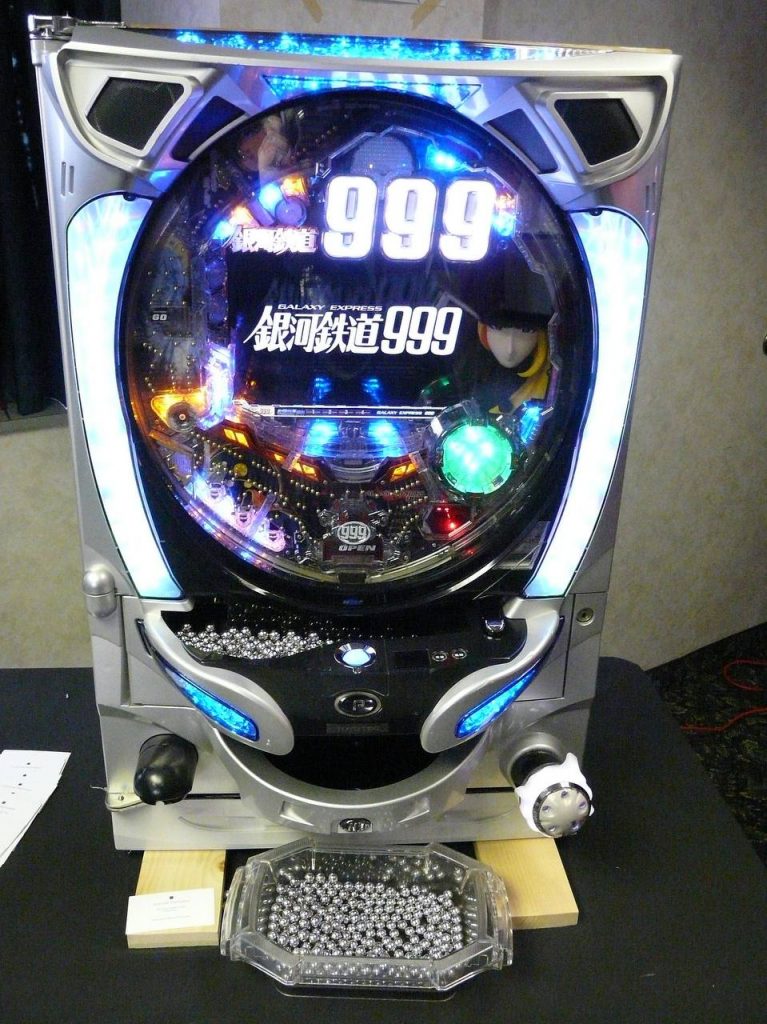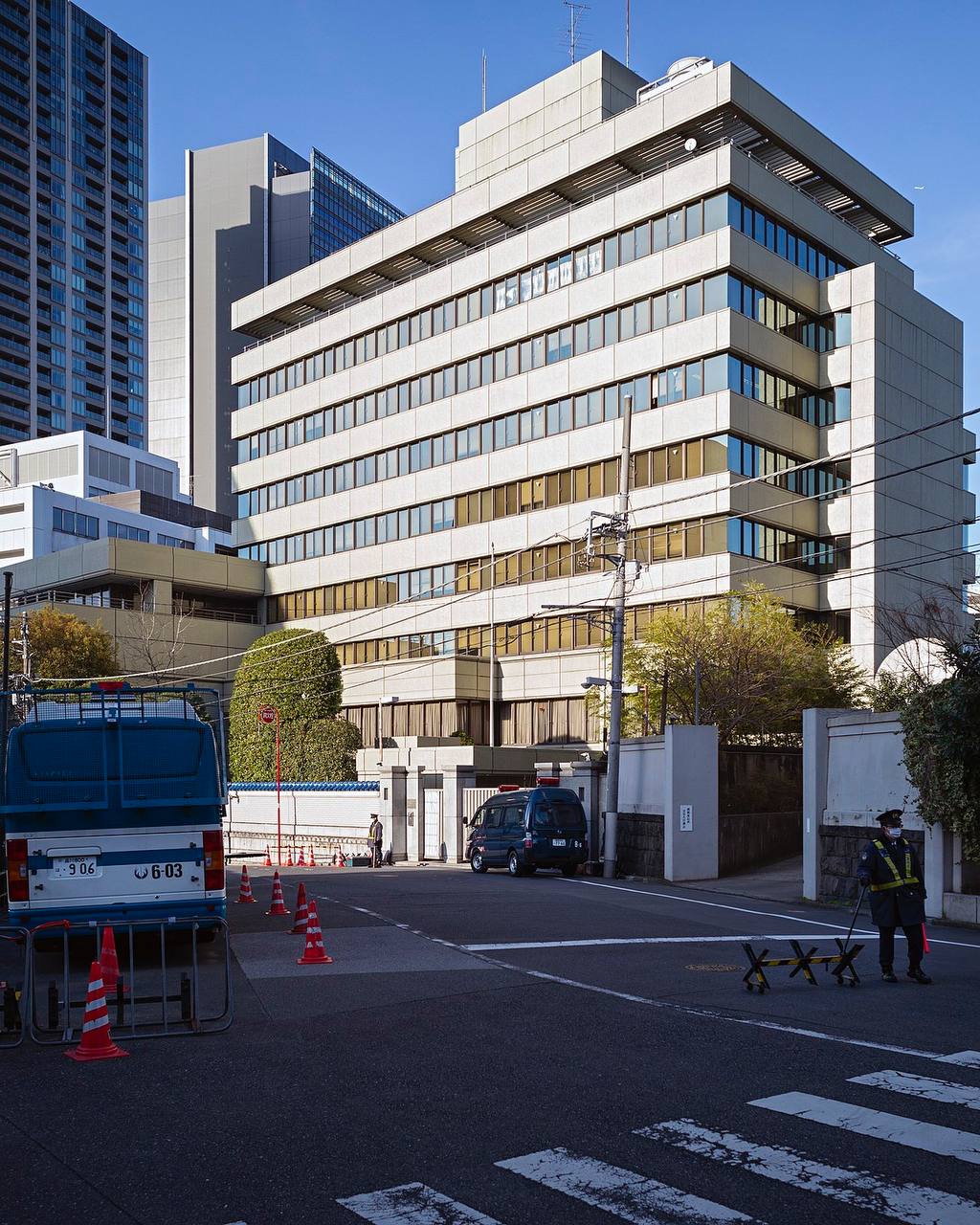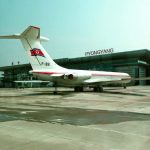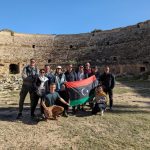As part of our Extremes of Japan Tour we will be checking out a number of the things that make the country so unique. One of these is the crazy pinball gambling game that is Pachinko.
What many do not realize though is that while very Japanese this game has not just links with the Democratic Peoples Republic of Korea, but it has been argued has even helped fund their nuclear program.
What is Pachinko?
Gambling is technically illegal in Japan, but as in many countries, North Korea included games of skill can offer prizes or vouchers that can then be exchanged for money. This is the case with pachinko.
This is a game that resembles western pin ball in many wats, but uses smaller steel balls that are “rented” from the parlor. What differs with Pachinko is that rather than just trying not to lose the ball, players try to get it into goals of a sort. When this happens the players gets a prize of balls that drop into a tray at the bottom, with the aim of the game being to get as many as you can.
Said balls can then be swapped for prizes, prizes which some entrepreneurial places then purchase for cash. Traditionally these are played on mechanical machines, bit over time have now become mixed with compeer graphics and thus more similar to the western variation of the game.

Pachinko and North Korea
After the end of World War Two and the division of Korea there were a number of Koreans left in Japan. The Koreans who did not repatriate separated into two groups. Those aligned with North Korea and those associated with South Korea.
The South Koreans, who are known as Mindan largely favored integration, while the North Koreans represented by Chongyron saw themselves as North Koreans in Japan. Amazingly until there 1970’s it was the North Korean group that was far larger, with them running their own schools and indeed businesses.
The aim of said businesses was for the most part to send money to the motherland.
And while this business empire went as far banking and many other kinds of activities, chief among them was and is Pachinko. In 2016 it was estimated that Pachinko turned over $300 million, with one third of the market controlled by Chongyron. Therefore $100 million or so per year.
Chongyron and the Nuclear program
For many years Chongyron acted as the de facto embassy and business link of Japan and North Korea. This was particularly emphasized by the running of the Man Gyong Bong 92 ferry between Niigata in Japan and Wonsan in North Korea.

During the period of its operation the Japanese have stated that not only were fund transferred illegally to the DPRK, but also technology and information that was used for the nuclear program.
This lead to the ferry route being stopped in 2006. There have been calls to resume the service, but the likelihood of this this is unlikely. The ferry was though later used when the DPRK attempted to create a cruise industry.
So, overall this makes visiting a Pachinko place just the kind of thing we want to do on our Extremes of Japan Tour.





